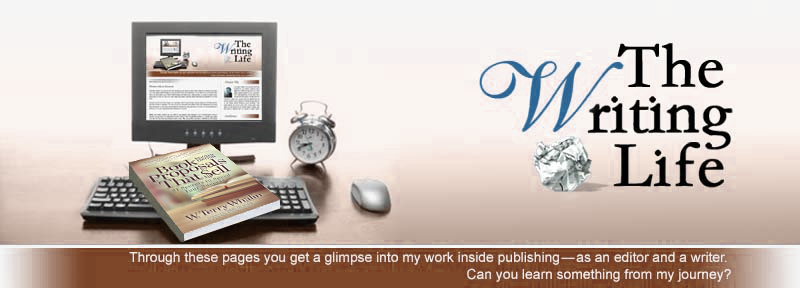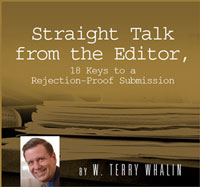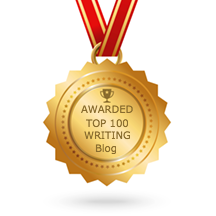A Guidebook Worth Reading
I don’t know if anyone is like me but I have a number of market guide books on the shelf with my writing books. Because I’ve been in this business for many years, I don’t tend to purchase one every year—but I do get them from time to time.
Often in the early days of my writing, I used these guidebooks for guidelines and information about different areas of the market. When I want to launch into a new area of writing (for example in the magazine area), these guides are helpful. Or if I want to know the circulation of a particular publication or any number of other valuable details. Yet I don’t read the majority of these guidebooks cover to cover. Each one contains articles with different editors and other resources—yet my use seems to be looking for a particular bit of information.
Recently I’ve received a number of emails and submissions from writers who want to get into the children’s market. These people have small children and have been reading tons of children’s books and figure they should write a few of them. Writing the books—at least that first or third draft—can be fairly fun and easy. The challenge is finding some place to publish your work.
What many writers don’t understand is the volume of poorly-crafted children’s manuscripts out in the publishing world. To really craft an excellent children’s book or magazine article involves a lot of work and energy. Beyond an excellent manuscript (which is a given), every writer has to begin to learn about other aspects of the process such as meeting editors, understanding the markets and how to handle the business aspects of for children’s writers.
The hands-down best resource in this area (in my opinion) is the Children’s Writer’s Guide to 2005. If you go to Amazon.com or another book site, you won’t find this resource. The Institute of Children’s Literature produces this annual book. The 10th edition has articles from more than 250 insiders and covers a wide range of topics. Use the link above to learn more about this resource. Whether you want to learn who is doing what in the children’s area or how to use more fiction techniques in your nonfiction writing or how to be more professional in your presentations, then this resource will help you.
Or maybe you are feeling a little thin on ideas for the children’s market. This book has articles and even information about magazine theme lists (where the editors tell you want they are looking for their publication) and how to get these theme lists.
If you want to explore the children’s marketplace with your writing, consider taking a look at this annual guide. It might plunge your writing in a new direction.





















0 Comment:
Post a Comment
That's the writing life...
Back to the home page...